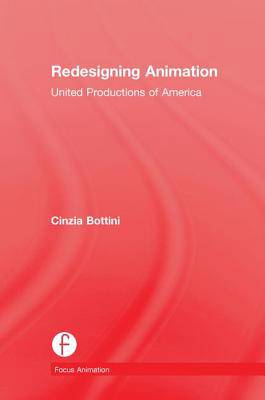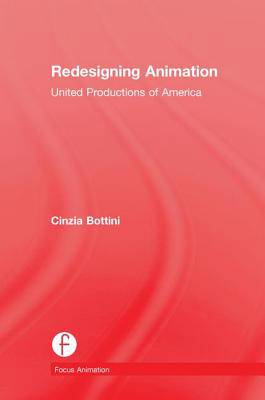
- Retrait gratuit dans votre magasin Club
- 7.000.000 titres dans notre catalogue
- Payer en toute sécurité
- Toujours un magasin près de chez vous
- Retrait gratuit dans votre magasin Club
- 7.000.000 titres dans notre catalogue
- Payer en toute sécurité
- Toujours un magasin près de chez vous
Description
The animation studio United Productions of America (UPA) was able to challenge Disney supremacy in the 1950s entertainment market by creating cutting-edge animated cartoons. UPA films express a simplified audiovisual language consisting of stylized layout designs, asymmetrical compositions, colors applied flatly and in contrast with each other, limited animation and a minimalist use of sound effects. UPA artists developed this innovative style by assimilating those aesthetic features already expressed by Modern painters, graphic designers and advertisers. This book considers UPA films as Modern animations, because they synthesize a common minimalist tendency that was occurring in US animation during the 1940s and 1950s. It examines the conditions under which UPA studio flourished and the figure of its executive producer Stephen Bosustow; the influence of Modernist stylistic features of painting, graphic design and poster advertising on UPA animations; and UPA animated cartoons as case studies of a simplified audiovisual language that influenced 1950s-1960s international productions.
Key Features
Spécifications
Parties prenantes
- Auteur(s) :
- Editeur:
Contenu
- Nombre de pages :
- 266
- Langue:
- Anglais
- Collection :
Caractéristiques
- EAN:
- 9780815381792
- Date de parution :
- 14-08-18
- Format:
- Livre relié
- Format numérique:
- Genaaid
- Dimensions :
- 152 mm x 229 mm
- Poids :
- 452 g







